A Holguin, Cuba Town of Brickmakers Living Outside the Law
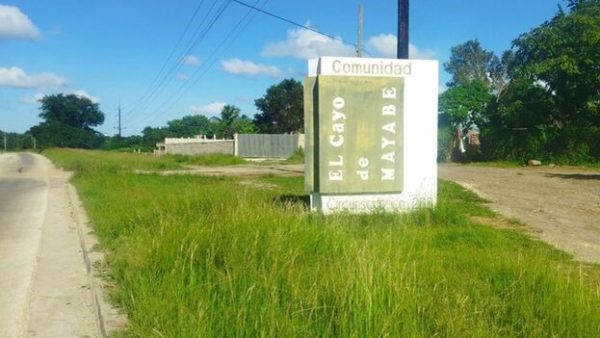
“This is a hard job and living here is even harder,” says Anastasio, one of the first settlers in the neighborhood that was established in the late 60s.
HAVANA TIMES – The red earth is everywhere. Stuck to the soles of shoes, tucked between the boards of the houses and also on the bricks that come out of the ovens in the Cayo de Mayabe community, a small town of brickmakers who work outside the law and supply most of the bricks for the city of Holguín in eastern Cuba.
“This is a hard job and living here is even harder,” says Anastasio, one of the first inhabitants of the neighborhood, which was set up at the end of the 1960s. In his family there are now three generations who work in the brick factories that dot the entire area. The reddish color of the terrain has gotten into the skin of his hands and under his nails after decades of work.
In the neighborhood, made up of very low-income people, services are scarce: an elementary school, a family doctor’s office, a store for food and a bleak park that was only cleaned and painted when State officials visited it. Outside those areas, people can be found in the halls of two evangelical churches, one Pentecostal and one Methodist.
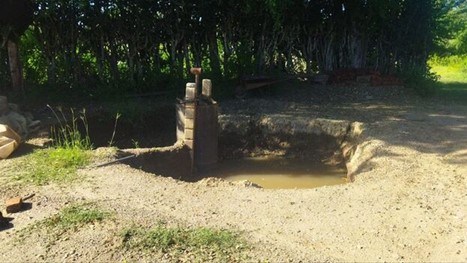
In Cayo de Mayabe there are currently, about twenty brick factories where from the early hours of the morning, workers shape the bricks and bake them. As the day progresses, these places are empty; not a soul peeks out there. Only the tables, the oven and part of the bricks are left. Working very early is vital for avoiding the midday heat and the police.
“They make our lives impossible,” Anastasio tells 14ymedio. “They don’t let us work but everyone knows that the city of Holguin is built with the brick that comes from this little piece of land,” clarifies the man as he leans over the mixing pond, looking at the sinkhole into which the earth is thrown, the water added, and the mixture prepared.
“This is a difficult part of the job, and it takes a lot of effort because you have to grind the soil with a stick and keep it thin,” he explains. “Then you have to form the bricks on tables,” he says, pointing to two raised metal vessels where “the hands and skills of the worker are what give quality to the shape and the compactness of the brick.”
A few feet away, an oven that is taller than a person is the next step in this informal manufacture. Once the pieces are baked, they are placed in a pile and sold for 11 Cuban pesos each. “People come here to buy because the State does not make or sell bricks anywhere in the city.”

When the sun starts to rise, the brickmakers slip away and leave the factories empty. “We can’t stay even if we know that they can steal our merchandise, since no one wants to be caught and fined,” the man explains. There are times when they have to leave for several days because there are police operations in the area, and when they return, part of their production has been stolen.
The brick factories of Cayo de Mayabe are illegal in the eyes of the authorities because the workers of the community don’t have a self-employment license to carry out this work. A few years ago, some of them decided to become official, but shortly after they went back into hiding.
“We had the license and had to pay for it every month, but they didn’t sell us the raw material or allow us to extract it,” says Leonel, a young man who has been working with his father and brother in the family’s business for more than five years. “After a while we turned in the license, and we continue working under the radar.”
The main material of the brick is mud, made with the reddish earth of the area, rich in clay. But there is no official place to buy this product, and the authorities prohibit it from being extracted. After a few years of accepting registrations for a potter’s license in the area, the local government closed off that possibility.
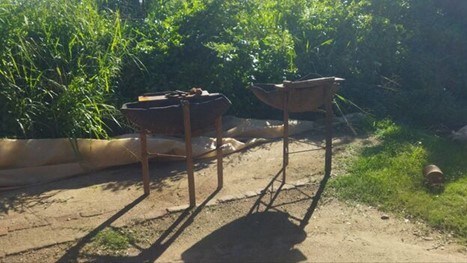
“They tell us that they can’t give a license to someone who doesn’t show the legal documents for the earth extractions,” Leonel emphasizes. “But they themselves know that there is no such thing as having it because it is not legally sold anywhere; the only way is by digging and opening up holes.”
When the rights were given to practice the pottery profession in Cayo de Mayabe, self-employed people were prohibited from hiring staff; only members of the same family group could work in the factory. However, then and now, when the work has been absolutely immersed in illegality, those craft workshops are the main source of employment for the locals.
If Cayo de Mayabe was already considered an area of poor people, several groups have emerged in the community with people who migrated from more remote municipalities wearing only what they had on. Over the years and with the departure of the youngest to Havana or abroad, the town’s population has been aging.
“Some 2,500 people live here, and right now the work in the brick factories is getting complicated because there is a lack of young arms,” Leonel acknowledges. “My father is still working with us but he can no longer do the mixing or other hard parts of the process. He’s now in charge of taking care of the people who come to buy the bricks.”
The sale, however, is not going well. The economic crisis that the Island is going through, the lack of fuel to carry the merchandise and the slowdown in tourism have decreased demand. “Sometimes we spend weeks without selling a brick, and that’s very serious because here the brick is what feeds us.”

Among the customers that Leonel’s family has, there are people who are renovating or building their home, entrepreneurs in the city who are expanding a private hostel, others who improve a paladar (private home restaurant) or who want to decorate an interior patio with the handmade, reddish pieces. A few urban cooperatives also buy them “occasionally.”
Both Anastasio and Leonel are aware that the holes they dig to extract the soil for their bricks affect their environment. They cause erosion of the soils, damage to vegetation and water that stagnates in the sinkholes, increasing the risk of the growth and emergence of Aedes aegypti mosquitoes, with the consequent danger of dengue fever.
“Where the plant layer of the earth is removed, there are rocks where plants do not grow; nor can cows, goats and horses graze on those lands,” warns the young man. “But what are we going to do? This is what we know, this is how we feed our children. If they don’t sell us the clay, we have to steal it.”
By a rusty swing, in the only park in the community, a young woman threw an inflatable ball to her little son on Tuesday. “Here we lack everything; we don’t even have a bodega (ration store) to shop in. We have to travel two or three miles to get the little sugar and rice they sell us,” she explains to this newspaper.
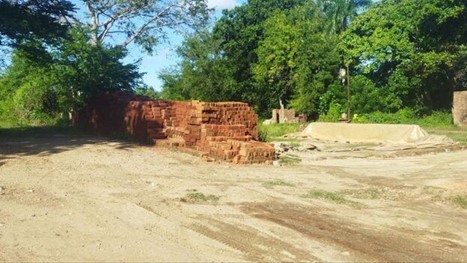
The terrible condition of the roads around Cayo de Mayabe complicates things. “The water they pump does not reach here, so we have to drink the water from the wells that we have in our yards, even though we know that it is not good to drink.” The woman lists her demands: “a butcher shop, a bodega and a place to buy milk,” but clarifies that this is just “to begin with.”
“Here, a year ago, leaders came to visit and even brought some foreigners,” recalls the holguinera. “That’s when we were classified as a prioritized community of social complexity.” In 2022, with great fanfare, they built the park where a mother can go with her child. The weeds and rust go hand in hand where before the fresh paint was and the officials took photos for the official press.
As the ball goes up and down, a horse cart enters the neighborhood. “It comes to carry bricks,” the woman says. The red earth of the area sticks to the wheels, the same earth that feeds the brickmakers of Cayo de Mayabe.
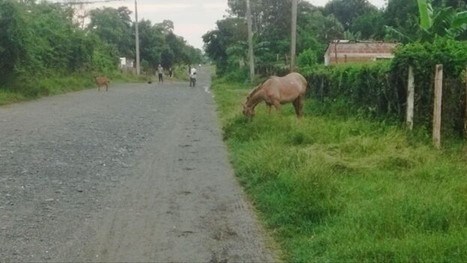
Translated by Regina Anavy for Translating Cuba






Something is not adding up. We drove right by Cayo de Mayabe today. It is right by the Mayabe brewery where Crystal, Buccanero, and Mayabe are brewed. Looks reasonably prosperous for a mid sized Holguin community to me.